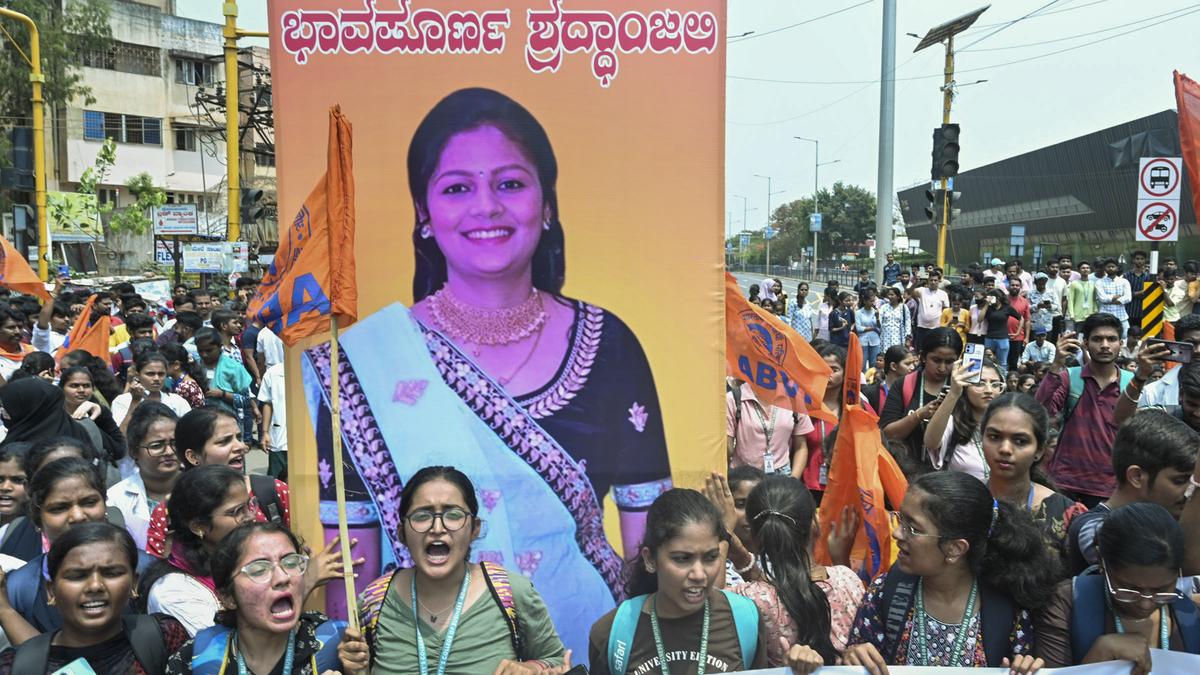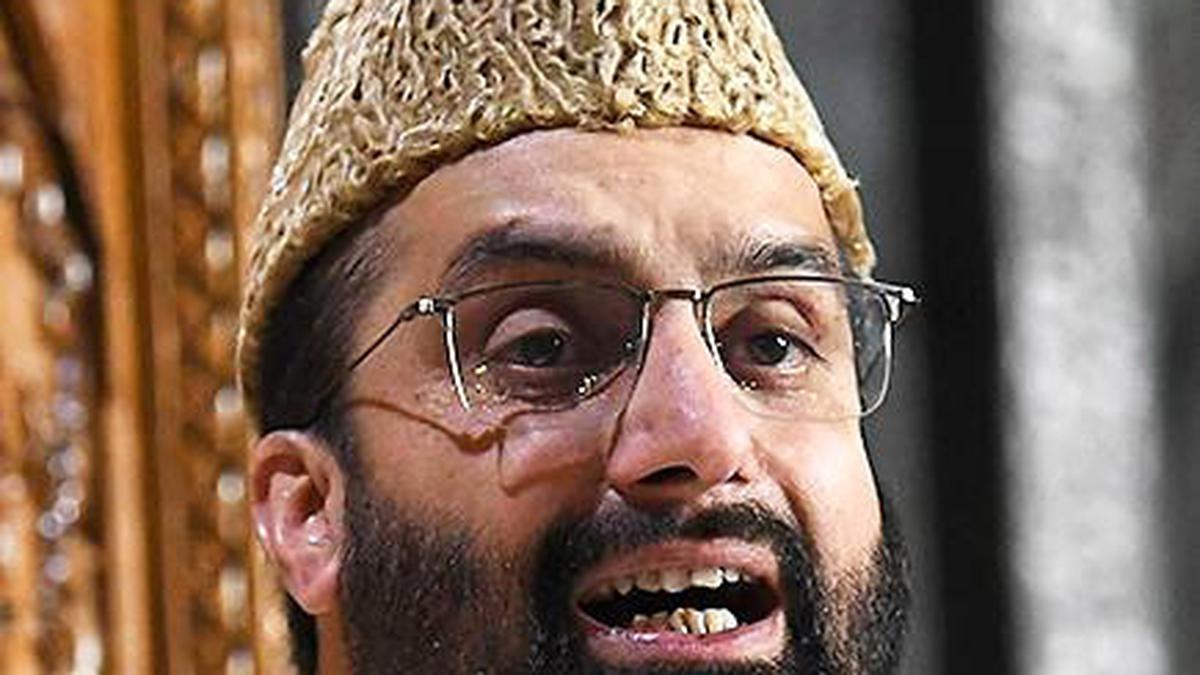
N. Gopalaswamy Ayyangar
Chennai that was Madras has numerous localities within it, each with its own history. Sadly, except for the very old ones such as Mylapore or Thiruvottriyur, there are very few records of the others. Most of the place names are explained by fanciful interpretations with no factual basis for them. In this context, it is refreshing to deal with a locality whose date of origin is clearly recorded and whose name has a proper reasoning behind it. I allude to Gopalapuram.
Best known for its former star resident and former Chief Minister M. Karunanidhi, Gopalapuram traces its origins to the co-operative movement, in which Madras was a forerunner among the Presidencies of colonial India.
Rural distress
While the initiative was chiefly with a view to alleviating rural distress, its potential in solving the problem of middle-class housing in urban areas soon came to be seen. It was a time when land was available in plenty but people, particularly the working class, lacked the ready capital to invest in it. Recognising this, the Government of Madras on April 11, 1923 announced a policy of financing house building cooperative societies vide its G.O. No. 312. Soon after this, a group of 17 men met and resolved to form a cooperative to help government servants obtain housing facilities. The Madras City Cooperative Building Society Ltd. came into existence on April 30, 1923, with its headquarters at 3/7, Car Street, Triplicane. The name of the institution was changed, a short while later, to the Madras Government Servants Cooperative Building Society Ltd. Dewan Bahadur (later Sir) N. Gopalaswamy Ayyangar was appointed the first president, with P.K. Subba Aiyar and V.S. Natesa Iyer serving as its vice-president and secretary respectively.
Land bought
On April 25, 1924, the Madras Government Servants Cooperative Building Society Ltd. bought a large plot of land, measuring 114 grounds, in Lloyd’s Road at Royapettah, lying between Mount Road and Mowbray’s Road, from two parties, viz., the Receiver of the Estate of Nawab Syed Muhammad and the Official Assignee of the Madras High Court. Work soon began on the layout of the site, in consultation with the Director of Town Planning. Out of 114 grounds, 29 were reserved for public purposes. The balance of 85 grounds were divided into 51 plots in blocks. Construction of 14 plots was taken up by the Society itself, with the remaining being constructed by the members.
In March 1925, Lord Goschen, the Governor of Madras, laid the foundation stone for the construction of the Society’s office. The newly developed colony was named Gopalapuram, in recognition of the efforts of the first president of the Society, N. Gopalaswamy Ayyangar.
And thus Gopalapuram grew. Last year, I was asked by the Rane Foundation to take up the documentation of the locality. It was in Gopalapuram that T.R. Ganapathy Iyer, the founder of the Rane Group of Companies, settled, when he moved in from Bombay in 1929. Gopalapuram was just five years old then and Ganapathy Iyer had a role in giving it many amenities.
Even today, the Rane Group, whose headquarters coincidentally is on Cathedral Road, just off Gopalapuram, supports schools and the temple in the locality.
Journey of discovery
Roping in Karthik Bhatt, who did much of the legwork, I embarked on a journey of discovery. The documentation, added to significantly by memories of old timers and also photographs, should soon be out as a book, thanks to Rane. I sincerely hope it will give an impetus to corporate houses in other localities in exploring their neighbourhoods and documenting local histories. On April 25, 2024, let us wish Gopalapuram a happy 100th birthday!
(V.Sriram is a writer and historian.)

 1 week ago
97
1 week ago
97


